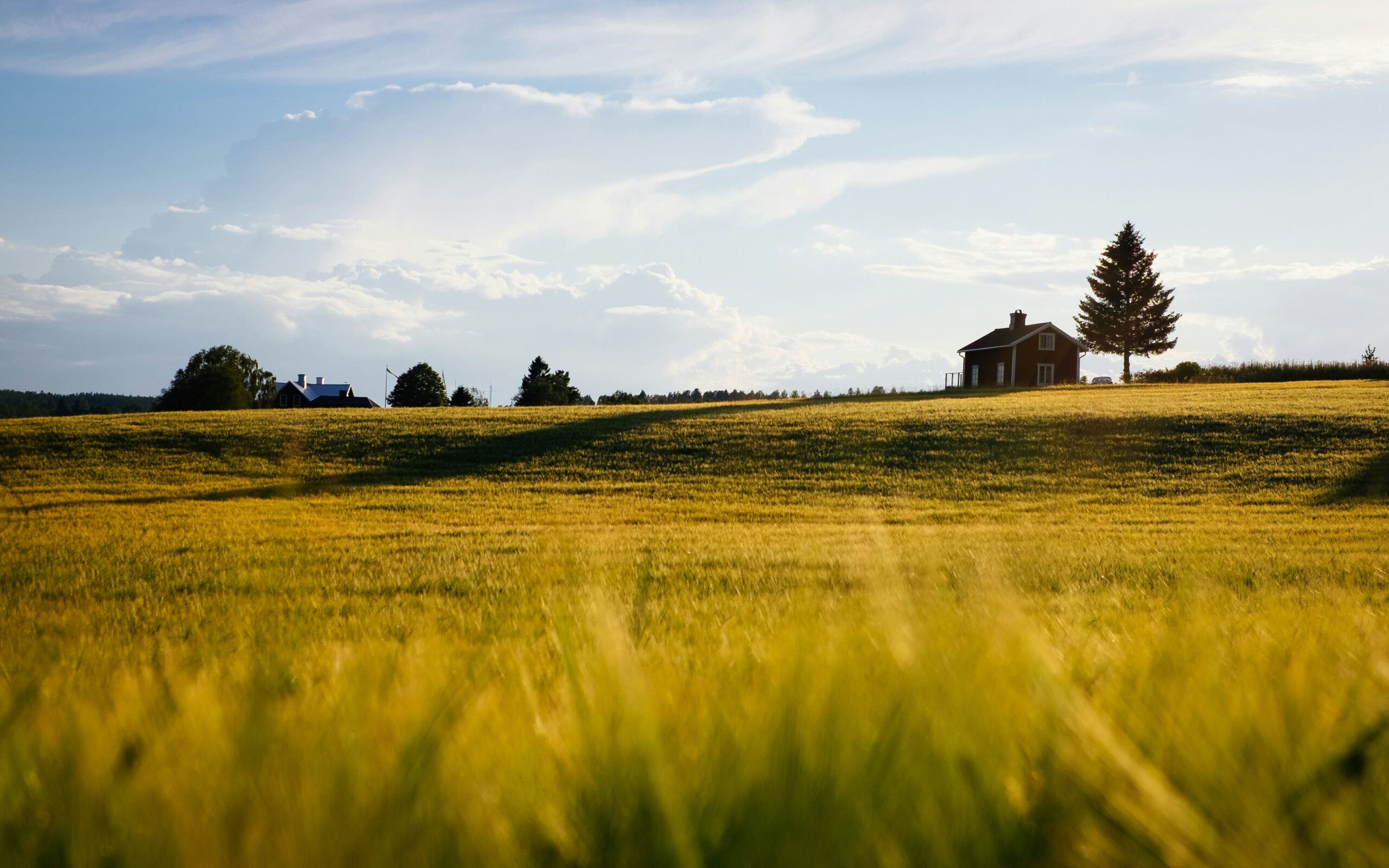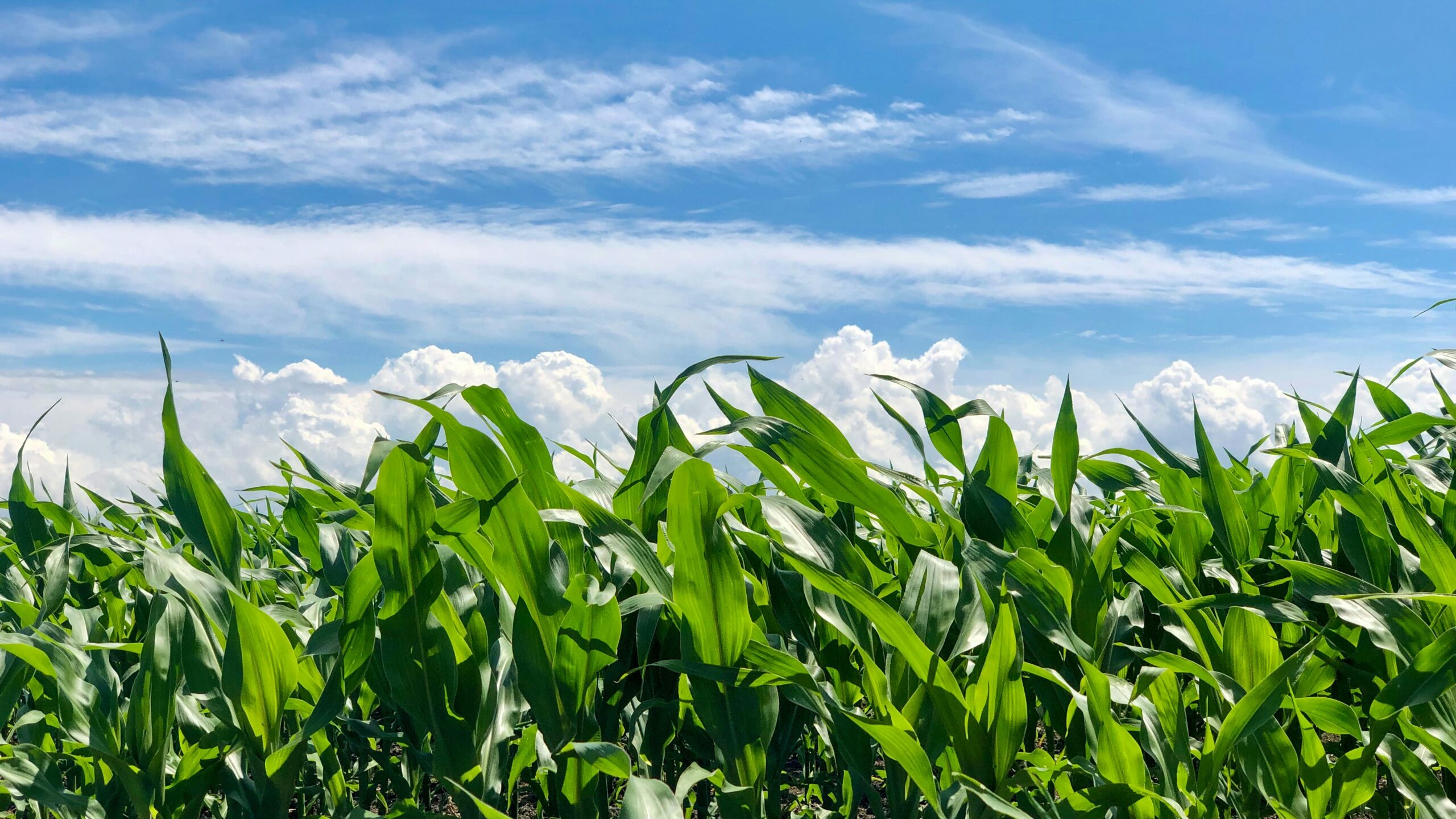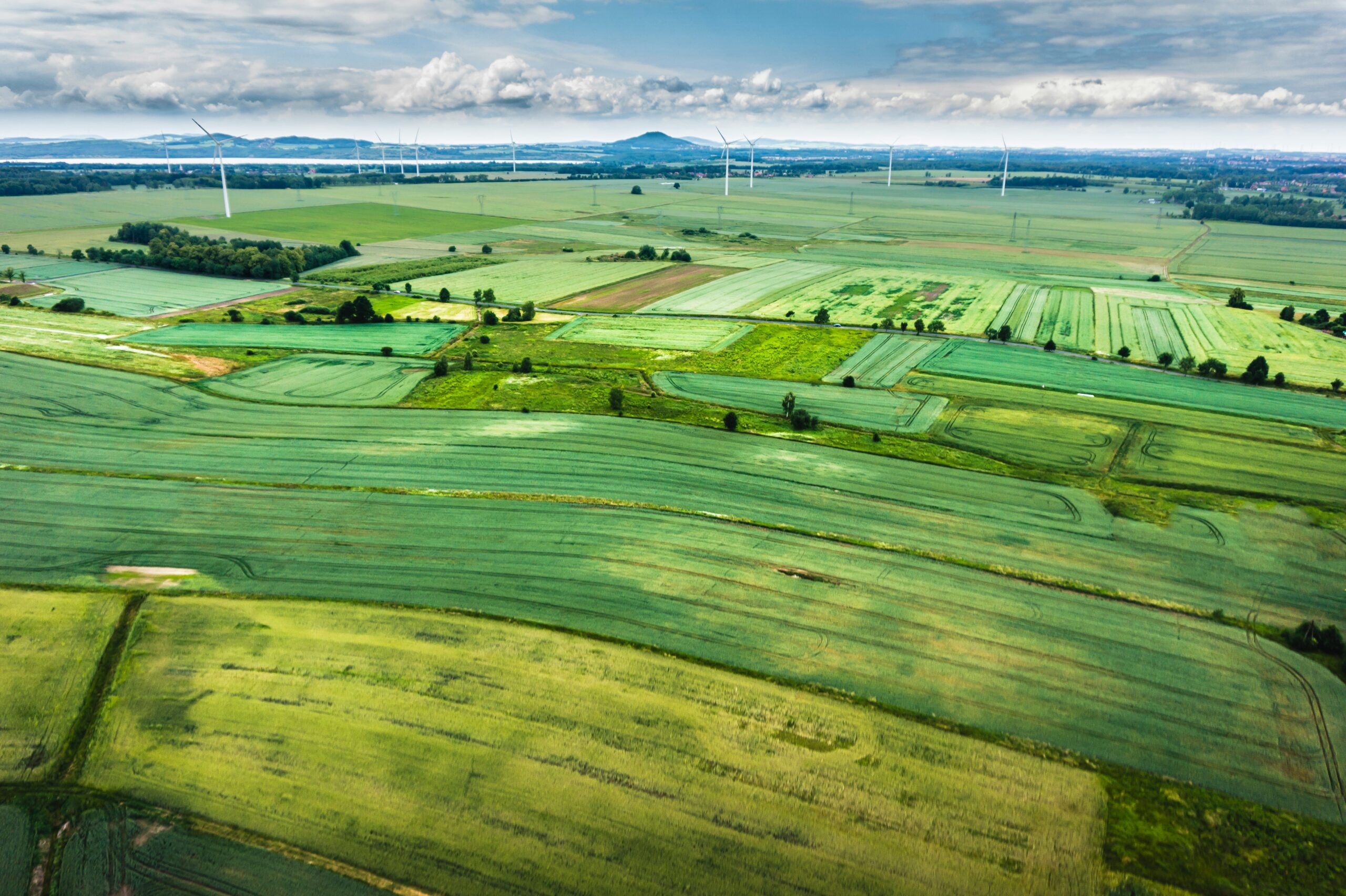Fractal recently attended Global AgInvesting 2024, one of the leading conferences for agriculture investors where they explore how money is moving across the ag investment landscape. Attendees primarily include institutional investors who directly invest in farmland and those who provide capital to investors.
Based on the conversations and presentations, here are the top three takeaways for farmers:
Farmland prices will likely remain flat…
…Unless there’s a notable change in the current environment (i.e., commodity prices go up and interest rates and operating costs go down).
Assuming farmland values stay at inflated levels, farmers will want to remain realistic about what they can cash-flow and what opportunities to chase after. Opportunities usually arise in times of financial stress across a given industry. Those farmers who are disciplined, do their homework on pricing, and are ready with capital can positively position themselves for that must-have opportunity.
If you’re currently working with investors, there’s an advantage to understanding how they see the market and knowing their investment time-horizon. Most likely, their behavior will vary in the next 12-36 months versus the last 10 years. Some may invest less capital or sell their existing assets, others will likely invest in new ground when the price is right.
Sustainability and regenerative farming are still top of mind
Despite the “anti-ESG” movement peppering news and social media headlines, end investors still care about sustainability and most have long-term climate mandates or goals (over half of conference presentations had some mention of sustainability, regenerative ag or “natural capital”).
Agronomy should still be the top driver in most farmers’ decisions. As always, farmers will want to retain the flexibility to do what’s right for their operation and on any given field. But, given that the focus on sustainability isn’t going anywhere, it’s a great way for farmers to differentiate their business with capital providers.
Traditional investment models are still the norm
There still isn’t much innovation in farmland investment. Most capital providers are sticking with the traditional model where they buy and control the asset, find a tenant, and eventually sell the land based on the parameters they prioritize.
This traditional model still has its tradeoffs in terms of aligning investor and farmer objectives. More than ever, farmers should understand what a potential investor is looking for to avoid those “oh crap” scenarios (aka, get things in writing where appropriate). That’s not to say that traditional farmland investment isn’t a useful tool – but be mindful of the potential pitfalls.
Fractal’s model did get positive response from the investment community. Notably, investors liked the idea of aligning capital with the best farmers and right incentives to drive financial returns and impact.
For more information on how Fractal is using equity capital to provide farmers with the funding they need to grow their business and keeps them in control of their operations, visit fractal.ag.
Note this is not investment advice. The information contained should be used for informational purposes.
Author:
Harrison Rogers is the Marketing Lead at Fractal Agriculture, Inc.
LEARN HOW TO UNLOCK YOUR EQUITY
"*" indicates required fields
We hold your data in high regard. By submitting this form, you are consenting to the use of this information in compliance with our Privacy Policy.


